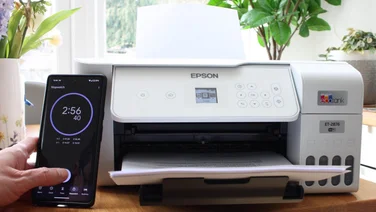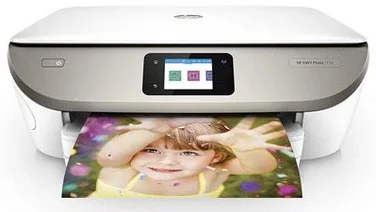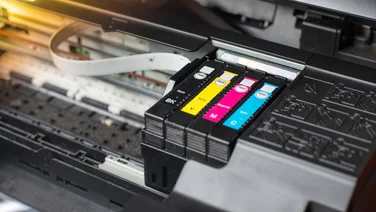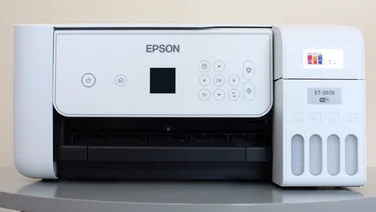To help us provide you with free impartial advice, we may earn a commission if you buy through links on our site. Learn more



The WB600 is, in almost all respects, the same camera as the Samsung WB650 we reviewed a few weeks back. It has the same 15x Schneider KREUZNACH 24-360mm (35mm equivalent) 15x optical zoom lens and 14 megapixel 1/2.3in sensor, of which only the centre 12.0 megapixels are used. In fact, the only real differences are that the WB600 doesn’t have a built-in GPS radio and has a lower resolution 3in TFT LCD 230,000-dot screen (the WB650 has a 921,000-dot AMOLED screen).
Samsung’s WB650 is an excellent camera and, despite having a built-in GPS radio, it was cheaper than its closest rivals in the compact ultra-zoom market. If the WB650 was designed to knock the wind out of its competitor’s sales, the WB600 is designed to kick them into touch.
It includes a full complement of automatic, semi-automatic and manual exposure modes, as well as auto exposure bracketing and even manual focus. The most obvious and annoying omission is an orientation sensor, so you’ll have to manually rotate photographs composed in portrait.
The screen has vibrant colours and is still viewable in bright sunlight, but it’s not as good as the WB650’s. The lower resolution doesn’t help, but the biggest difference is in how contrasty and punchy images look on it – the WB650’s AMOLED screen is very good, while the WB600’s is sufficient in comparison.
Photos from the WB600 were just as good as those from the WB650 though. They’re surprisingly distortion free and there was very little chromatic aberration for a camera with such a large focal range. However, as Ben alluded to in his WB650 review, we’re certain that this is thanks to digital processing and not physics-defying optics. This processing also sharpens photos and means there’s a short wait after releasing the shutter before the preview appears on screen.
While the lens may not defy the laws of physics, it does allow the WB600’s sensor to resolve a decent amount of detail throughout its focal length range. The most pleasing results were at the telephoto end of the zoom.
ISO performance is also good, with useable results up to ISO 800 thanks to a relatively good noise reduction algorithm, but tonal gradations do start to work their way down the slippery slope of no return at this point. There’s a noticeable difference in these between ISO 400 and ISO 800. At ISO 100, there’s very little noise and it’s well-controlled at ISO 200. Dynamic range was also good at low ISO settings.
Video quality wasn’t bad, but the WB600’s showing in this area wasn’t as strong as it is in still images. As with the WB650, video from the WB600 is quite noisy and it can be soft, although not consistently so through the zoom range. What’s more, the zoom and auto-focus motors are picked up by the microphone, which is disappointing, but it wasn’t as bad as we’ve seen on some cameras.
The WB600 is almost £50 cheaper than the WB650 and they’re effectively the same camera, minus the latter’s built-in GPS radio and lower-resolution screen. If geo-tagging isn’t important to you, the screen’s good enough, so there’s no reason to upsell yourself to the WB650. The WB600 does everything you’d expect from an ultra-zoom camera and it’s unmatched at this price. It’s a Best Buy.






